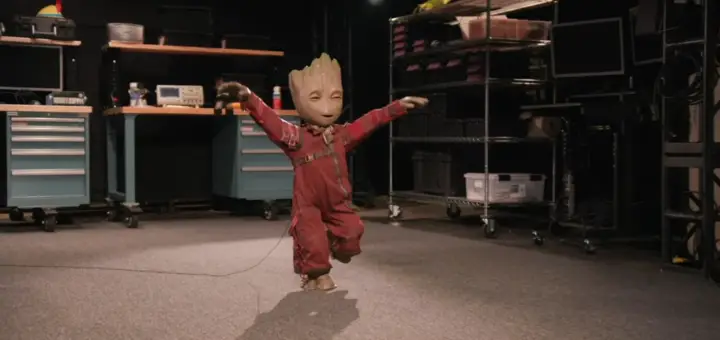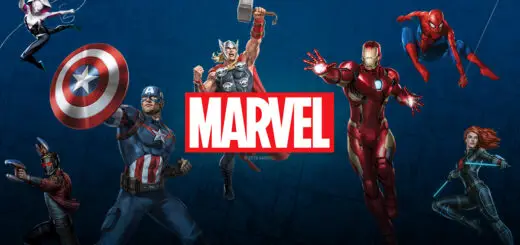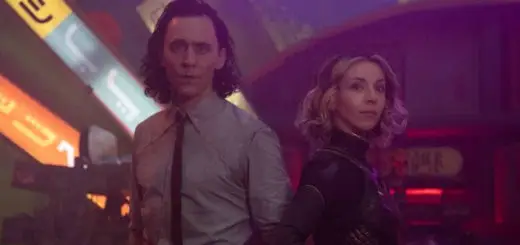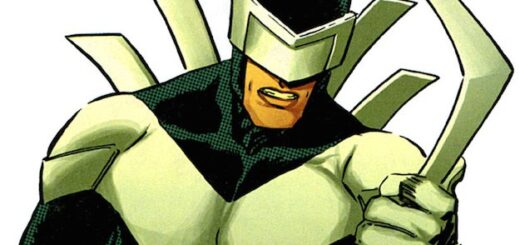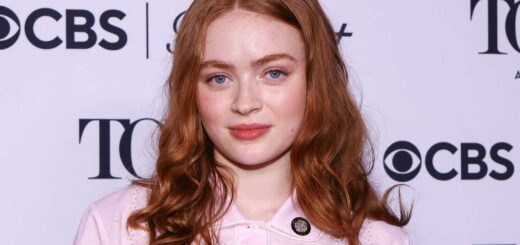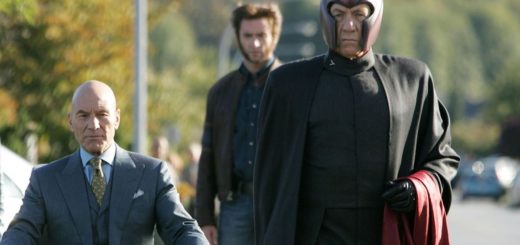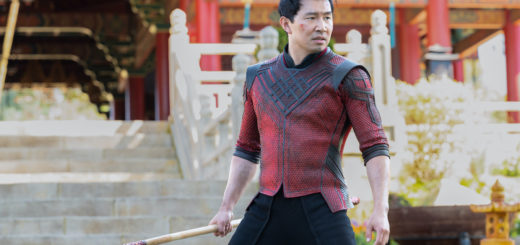Imagineering’s Project Kiwi’s ADORABLE Walking Baby Groot
Baby Groot is making a showing for the most adorable multi-million dollar robotic puppet in Disney Extended Universe. Disney Imagineering’s Project Kiwi built a free walking robot that will make you believe the flora colossus has broken the fourth wall: a lifelike robotics milestone!
The exciting news about Project Kiwi’s adorable robot was first reported by Matthew Panzarino at TechCrunch, who noted that the small-scale, free-roaming robotic actor was the first of its kind for the Walt Disney Company.
Disney Loves Robots
Disney is known for its cool robots. Going back to the Disneyland Resort’s opening in the 1950s, the company’s research and development arms have accelerated theme park technology and innovation worldwide, with the most recent example being the A1000 figures (Hondo Ohnaka) and droids at Star Wars: Galaxy Edge and the stuntronic coming to Avengers Campus.
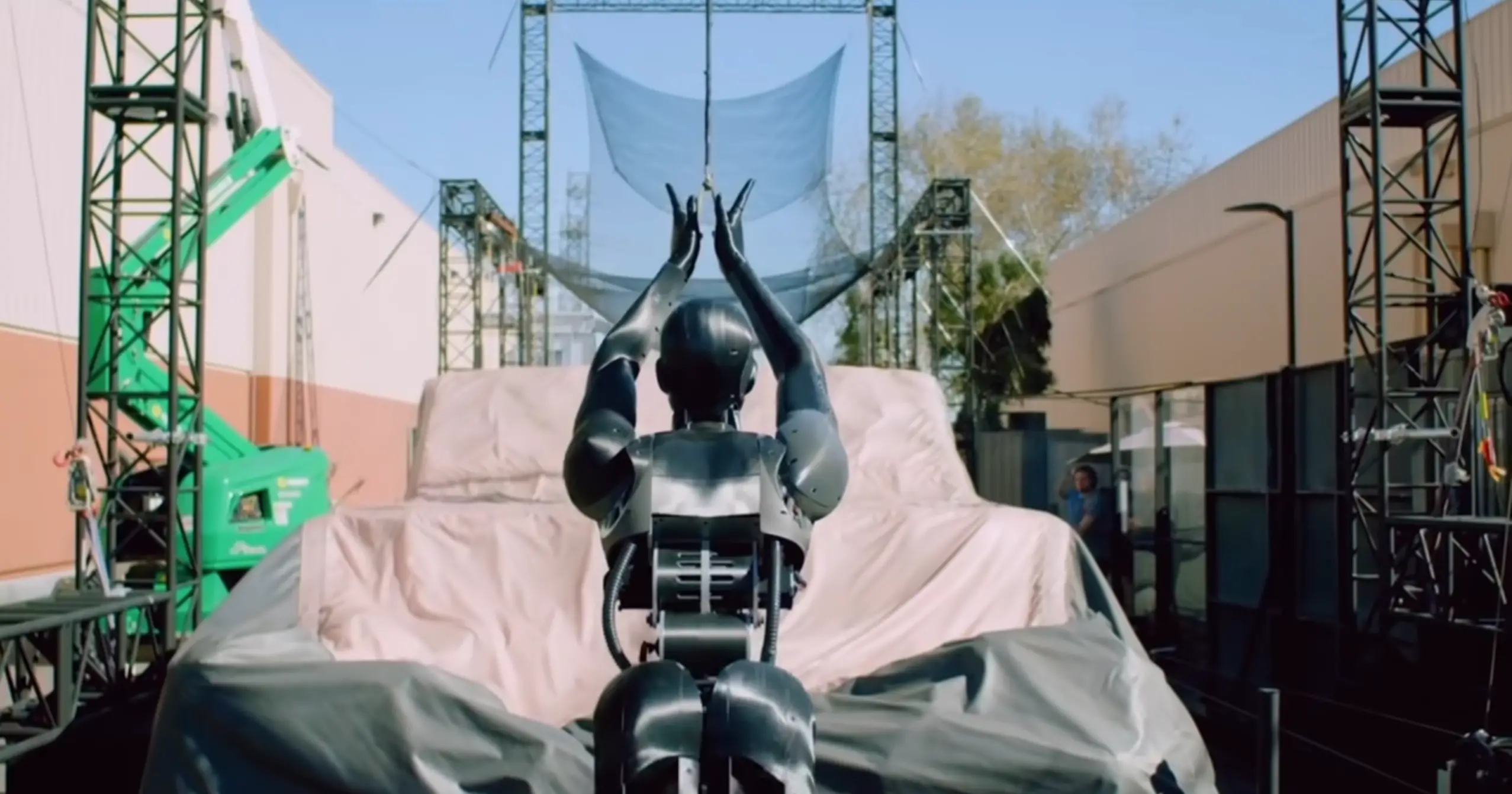
Spider-Man DCA Testing. Photo: Disneyland Resort
Unlike previous animatronic technology for theme parks, the Baby Groot developed by Project Kiwi is completely free-roaming – a real robotics milestone standing two and a half foot tall.

Photo: Walt Disney Imagineering R&D Inc. / Walt Disney Imagineering R&D Inc.
The technology used to develop Baby Groot is a platform that can be used in different ways for various characters to enhance the theme park going experience. However, according to TechCrunch, Project Kiwi is still a work in progress, and probably won’t be in the parks anytime soon, but that doesn’t mean you won’t see some cool tech in the parks (this intrepid reporter has seen R2-D2 already)!
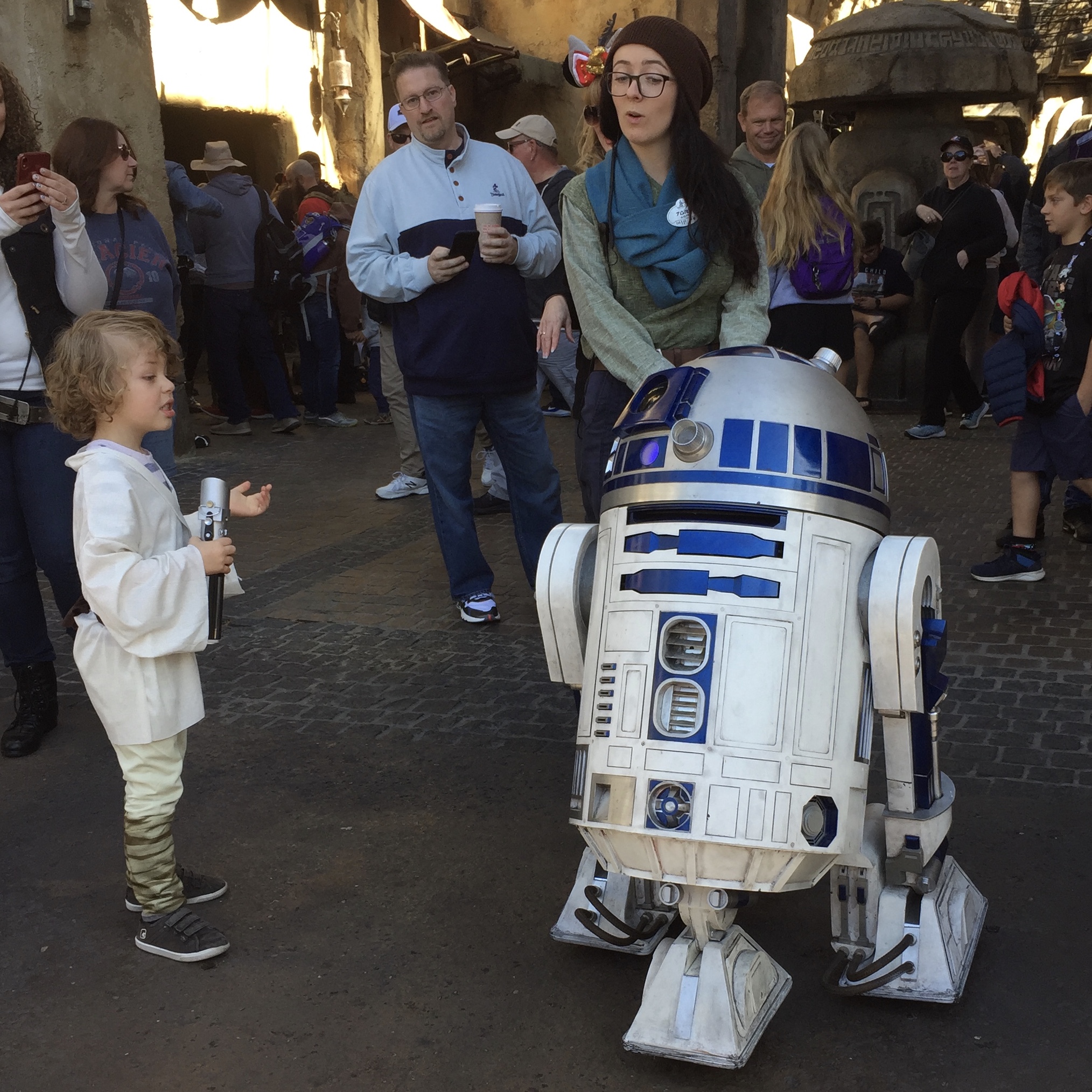
Testing, testing. Photo: Rebecca Kaplan
Project Kiwi
Walt Disney Imagineering works to solve research and development problems for other departments under the Disney umbrella. For example, Disney Imagineers work on things like robotics, virtual and augmented reality, ride design, show systems, special effects, animatronics, and more! With Project Kiwi, the goal was to create a battery-powered biped character that could walk on its own and interact with guests in the park.
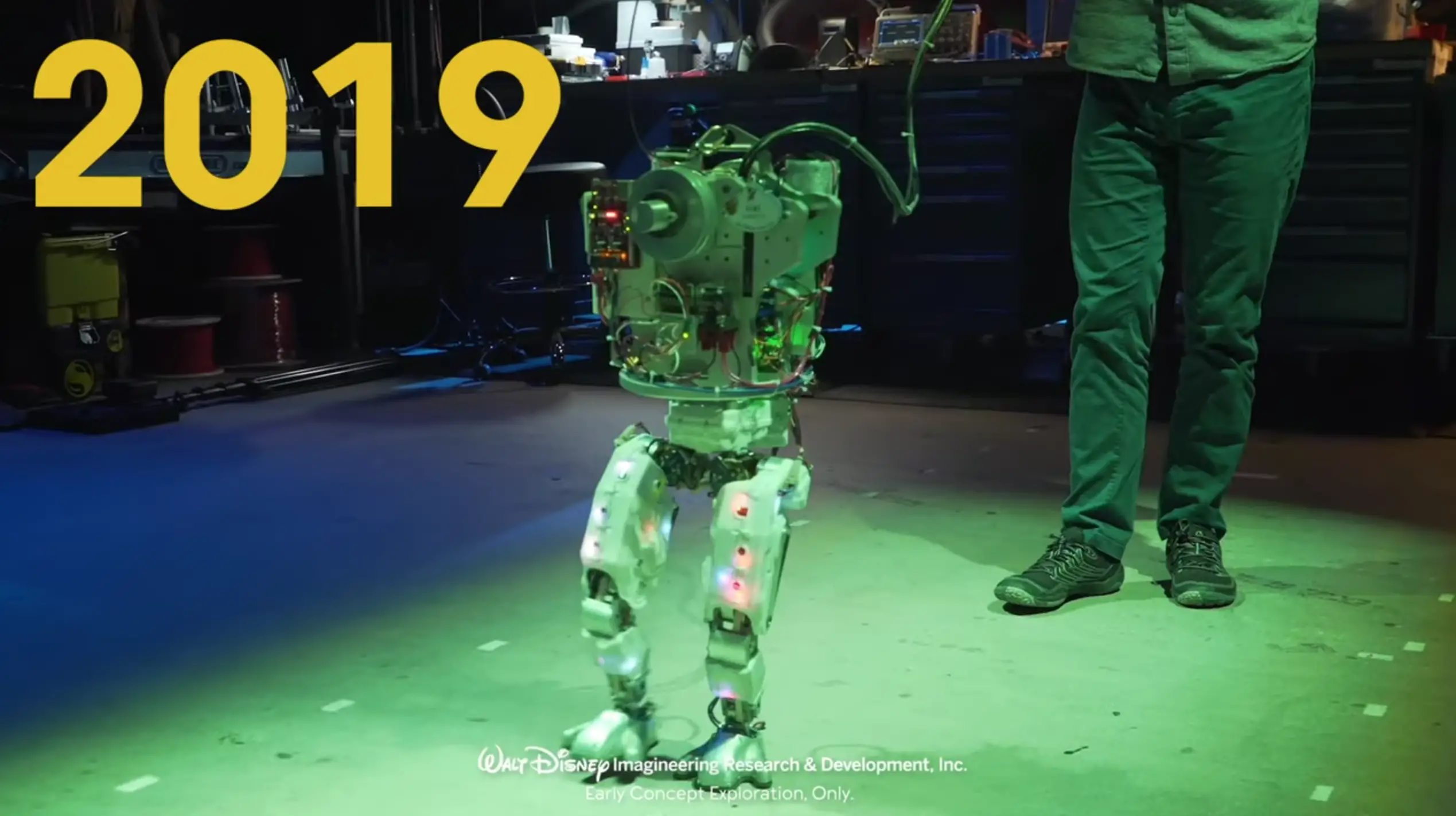
Project Kiwi. Photo: Walt Disney Imagineering R&D Inc. / Walt Disney Imagineering R&D Inc.
Since there was no existing ‘human-scale’ robotic technology that could support the requirements of interaction and walking, Imagineering turned to Scott LaValley, who came to Disney from Boston Dynamics, where he worked on the first version of its biped robot Atlas.
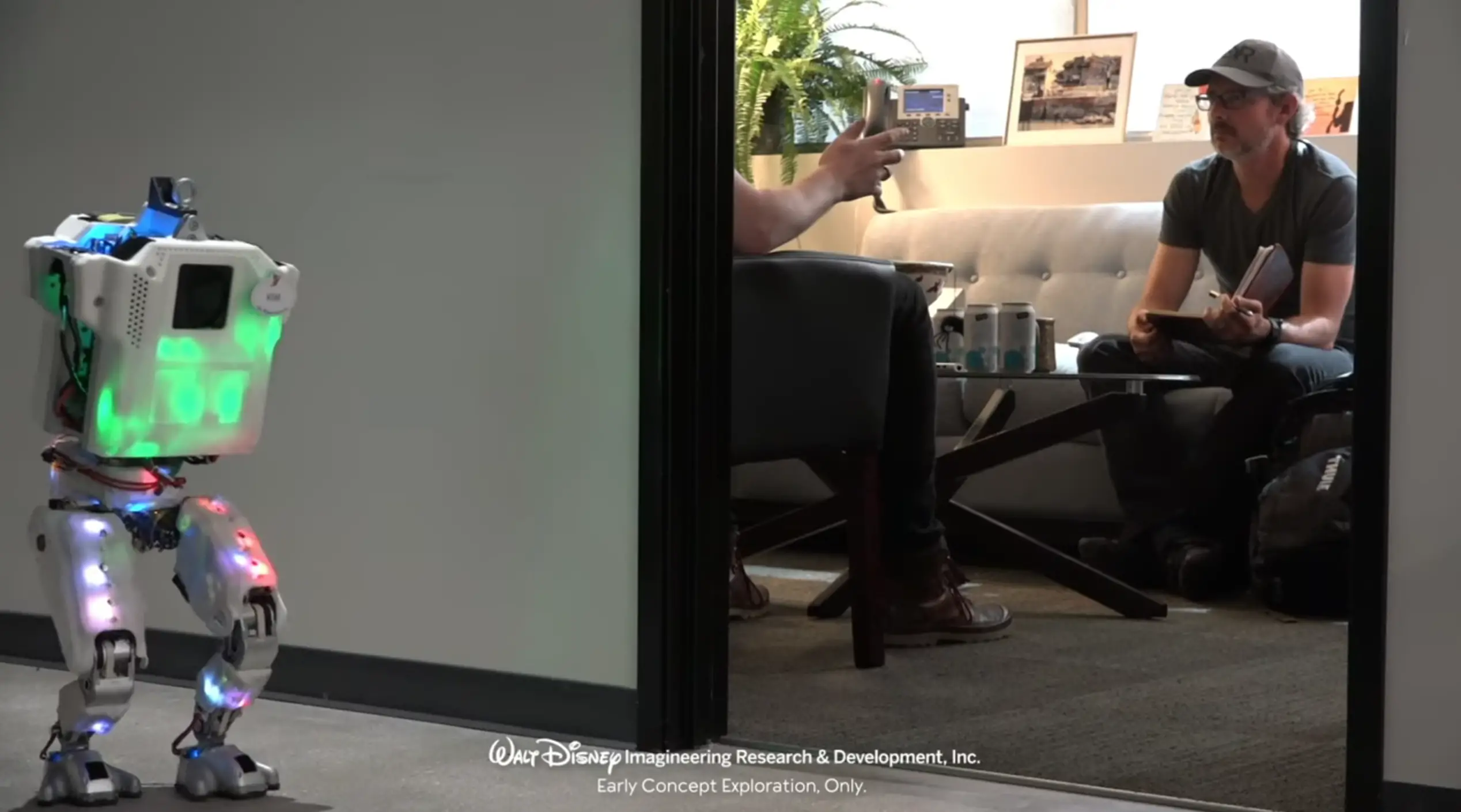
Every Cast Member gets a badge. Photo: Walt Disney Imagineering R&D Inc. / Walt Disney Imagineering R&D Inc.
TechCrunch spoke to R&D Imagineer Principal LaValley about the impetus for creating the platform, and he said:
Project KIWI started about three years ago to figure out how we can bring our smaller characters to life at their actual scale in authentic ways. It’s an exciting time for bipedal robotics and with an incredible team and our combination of technology, artistry, and magic, we are bringing characters to life that could not have happened anywhere but Disney.
It took the team the next three years to build the costume technology that they needed for bipedal robot.
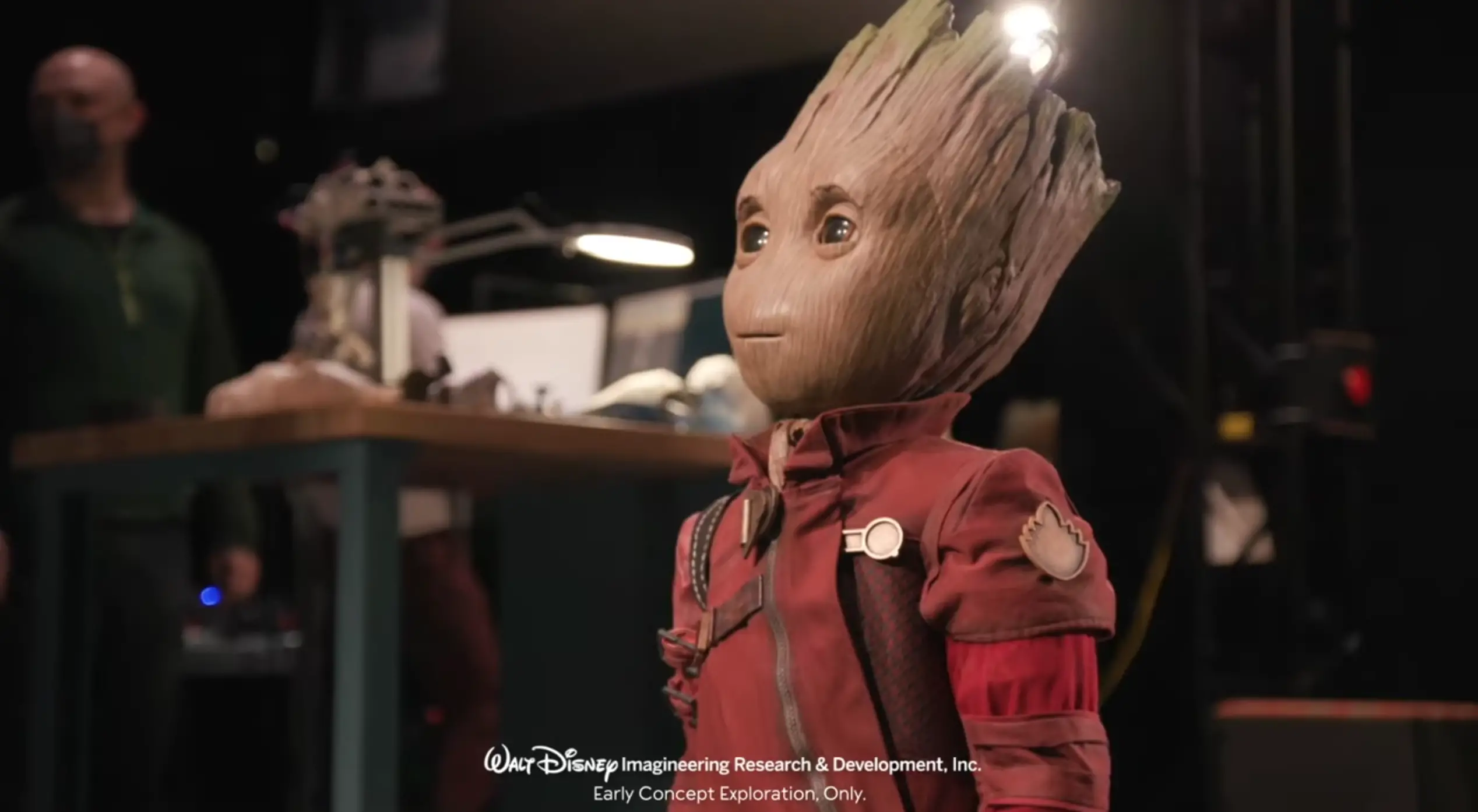
Photo: Walt Disney Imagineering R&D Inc. / Walt Disney Imagineering R&D Inc.
Now For Something Unusual…
You can learn more about all the technical details by going to TechCrunch, but for now we are going to list some of the AMAZING highlights to come out of the announcement (edited for clarity)!
- To achieve Kiwi’s small size, the team first built a custom skeleton that had room for every motor and actuator necessary to achieve 50 degrees of freedom.
- The printed metal skeleton is hollow throughout, allowing a ‘marrow conduit’ for air which rushes through the body cooling the motors and actuators.
- There is some audible noise, but in this early state it is very low, allowing audio playing out of a speaker to enable conversation.
- The lower sections were built first, with early testing showing the legs and torso sneaking, bouncing, shuffling and strutting through Imagineering.
- Young Groot had a safety tether and control cable for live programming but nothing on the rig itself needed support, it was free roaming with on board battery power that hits around the 45 minute mark currently with more longevity hoped for in the final version.
- The legs use a system that offers a kinetic counter-balance, allowing the force of having to move and plant a foot to be off-set, making motions more power efficient and quicker.
- Many patentable inventions went into this creation, including a clever system of gears that translates energy across joints, allowing them to share motors with one another even across a joint like a knee or wrist.
- Moving from a pure IK system to a fully torque sensing system will allow for the platform to make on the fly adjustments that compensate for terrain or interaction with other performers or guests.
- Young Groot has custom built performance software that’s designed to allow different kinds of gaits with personality layered on top. Bouncy, jaunty walks, limps, sad or downhearted walks, all with the other motions of arms and head contributing to a constantly shifting center of mass and momentum.
- The current prototype software has a series of set behaviors, with a timeline that allows them to program new behaviors and actions by toggles or adjusting curves that control movement.
What do you think of the latest technology from Disney? We love it! And as a former disabled cast member, let me tell you, this research actually goes wayyyyyyyy further than the theme parks!


